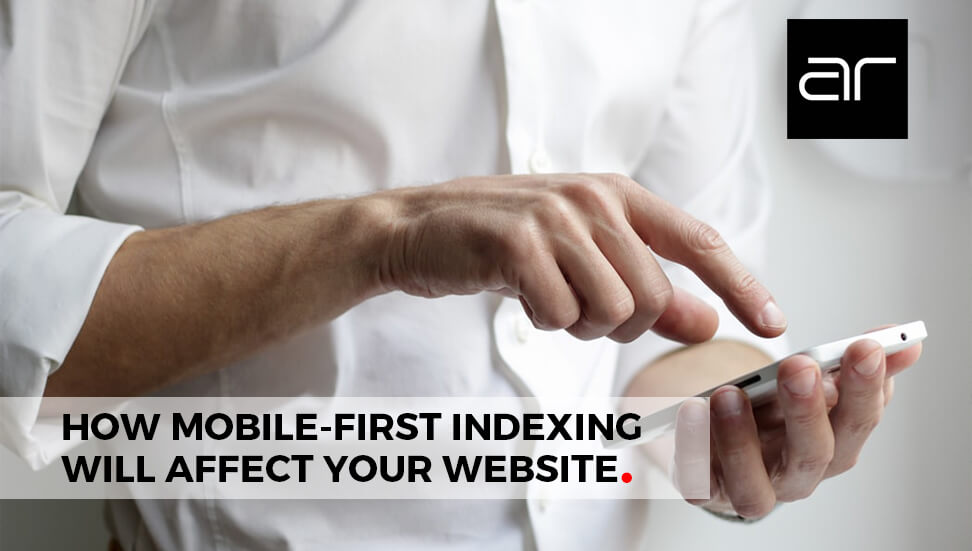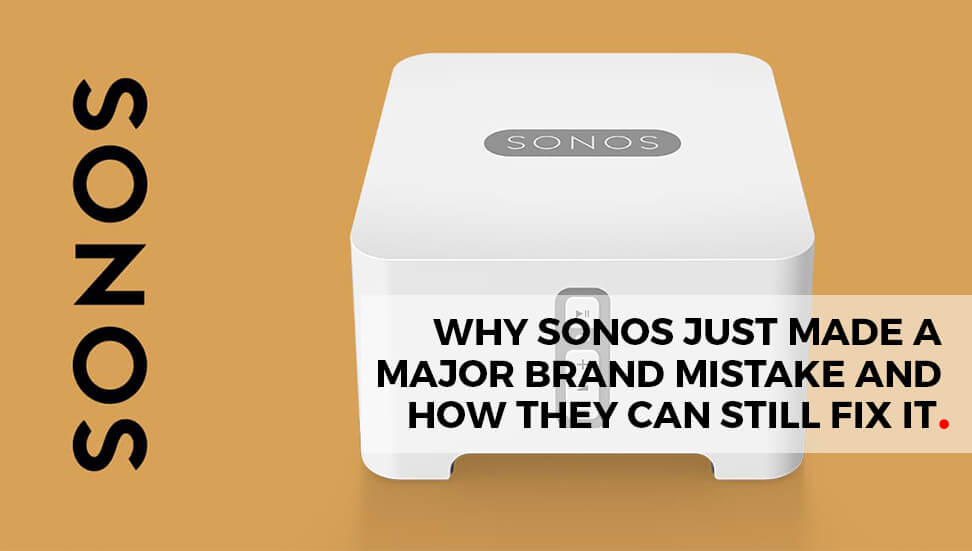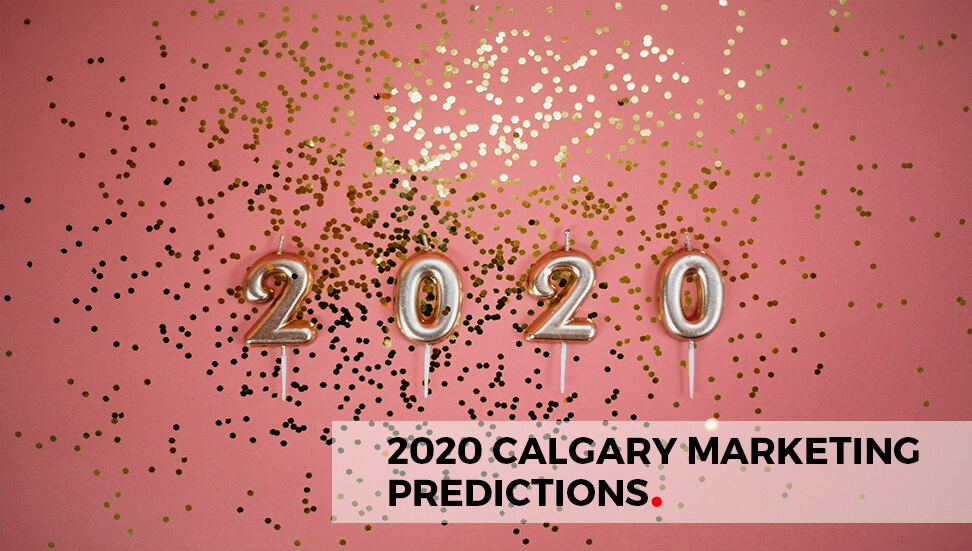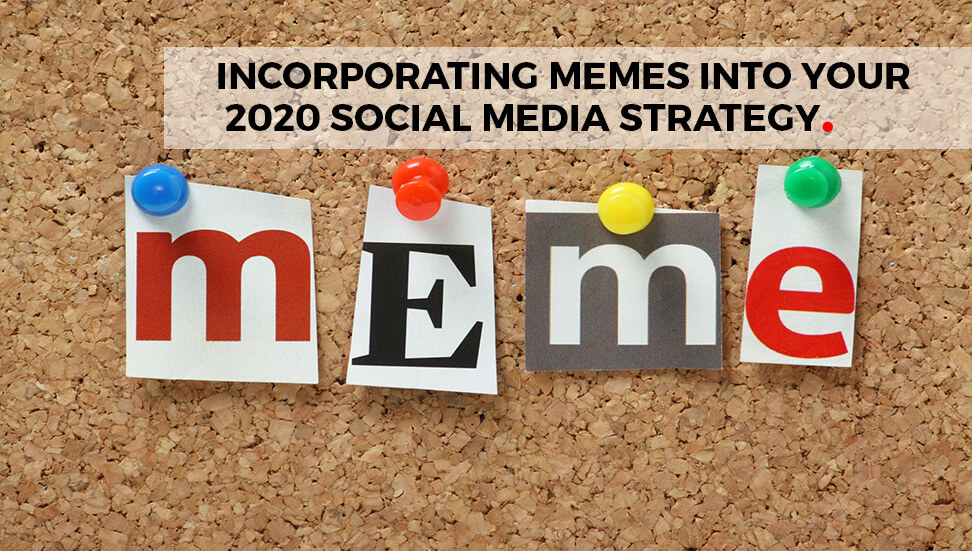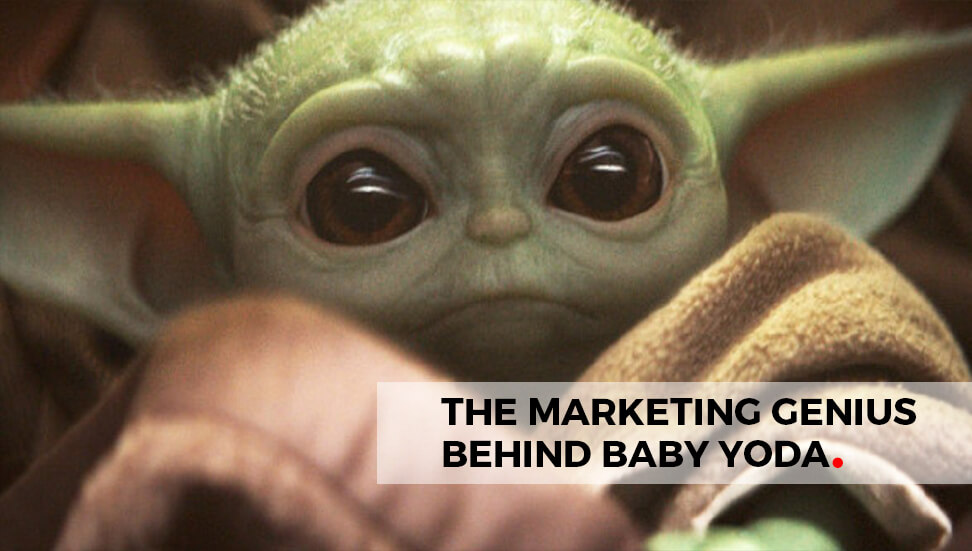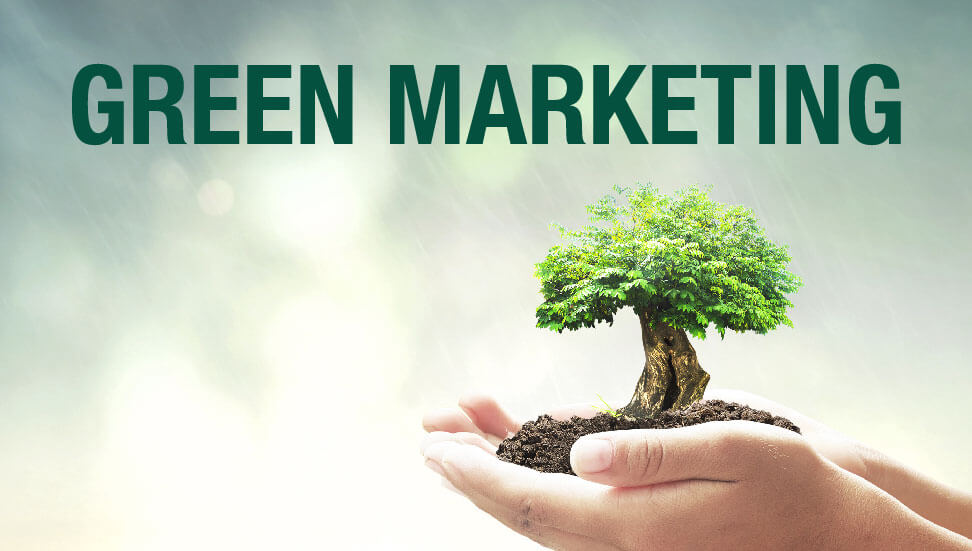Green marketing is a term that is not new. It has been around since the original mullet, collars on men’s shirt were the size of Boeing airplane wings, orange was more than the new black – it positively glowed in the dark – and when flares were not optional. Yes, since the early 1970’s, green marketing has been a bone fide marketing practice. It’s just that no one knew about it.
In the early days of green marketing the emphasis was on production, or the way that commodities were produced, rather than the ethical beliefs and practices of the marketing. Any processes included in the industry were put under scrutiny and held up to a benchmark of whether that particular practice was environmentally friendly. It wasn’t so much green marketing, as green production. Even today the phrase, ‘Green Marketing’ is synonymous with the way goods being produced, but time has moved on and it really isn’t an accurate representation of the of the real scope of green marketing.
Take a look at Wikipedia’s entry on ‘Green Marketing’. It starts off with:
“Green marketing is the marketing of products that are presumed to be environmentally preferable to others.[1] Thus green marketing incorporates a broad range of activities, including product modification, changes to the production process, sustainable packaging, as well as modifying advertising”
No, green marketing is not the same as green goods, or even green goods production. They are now completely separate issues. How green your washing powder may be is a very different ethical question as to how you ethically market it.
Green marketing has grown to become such an intricate web of pitfalls, that to navigate it and find a green marketing company that is sustainable, shares an eco-friendly ethos and holds ethical views on sales and selling, is becoming a very difficult task. Understanding what green marketing really is and how it makes a difference to the environment is the first step to understanding how you can use it to uphold your values.
Inc.com wrote an exceptionally articulate piece on green marketing that highlighted the new frontiers that green marketing has become. It goes straight into it:
“Environmentally-responsible or “green” marketing is a business practice that takes into account consumer concerns about promoting preservation and conservation of the natural environment. Green marketing campaigns highlight the superior environmental protection characteristics of a company’s products and services. The sorts of characteristics usually highlighted include such things as reduced waste in packaging, increased energy efficiency of the product in use, reduced use of chemicals in farming, or decreased release of toxic emissions and other pollutants in production.”
All of a sudden we see that the emphasis of the environmental impact is on the concerns of the consumer, not the innovation of the industry. Consumers are no longer solely interested whether or not the products being marketed are full of harmful pathogens, they want to know about the waste that is produced, the labour that is used to produce it, and … what’s more – they care.
Regular commerce has been careening down a marketing slope to try to leap frog over all the competitors, that some people have been overwhelmed with buying devices. Overwhelmed to a point where they are rebelling against the overload. Worldwide movements are beginning to gain momentum on the ‘Anti-consumerism’ front and green marketing is beginning to find its place in mainstream marketing. These concerns and demands will only strengthen as people become aware of the choices that are out there. Green marketing is the new black.
If you are looking at green marketing as the latest trend in marketing, then you have missed the point. Caring about the environment is not a fad or a bandwagon, and to market to the high standards the audience demands, you have to be genuine. Green marketing is about creating an ethical brand. There is no quick fix that will magically make your brand green, it’s built up over a number of years and number of grass root changes. People care about where your waste is going to, how much water you use, how much your employees are paid, whether your ingredients are certified organic, how local your supply is, and yes, even right down to how the energy you use is produced. It’s not just about the product any more. And you can’t escape accountability.
With the rise of digital marketing, marketing demographics now have a voice. Consumers are used to questioning a company on how they produce a product and getting an answer. They want to know what the product includes, and more than that, they want to know what motivated the innovation. They also want to know what that company, personally, is doing to make the world better. As we continue to use up the worlds finite resources at an unsustainable rate more people will become interested in conscious consumerism and they will not be afraid to ask, before they demand, what you are doing to help the environment.
BUT… with all these complex intricacies going on, there is a fine line between green marketing, and green washing – and, more importantly, your consumers know the difference.
Green washing is the art of portraying a company as eco-friendly, but intrinsically, they are not. For instance, you may focus on a company’s recycling program or waste management and marketing them as green but the aforesaid company may be an oil company, which is a long way from being sustainable. Audiences have become very savvy at knowing what is genuine and what isn’t, so they will be able to work out what is truly green marketing and what is greenwashing. You can’t fool them. As soon as you venture over the line and into greenwashing, your credibility is dented and it’s hard to know for how long.
Green consumerism, which is a much more accurate term than green marketing, is on the rise. Marketers need to tap into the mindset and learn how to appeal to conscious buyers. The things they want to know about are things like:
- GMO labelling
- Eco-friendly certifications
- Organic practises
- Ethical raising
- Waste practises
- How much Energy is used in production
- The source of energy used in production
- Biodegradation of materials
- Natural vs manmade components
- Mileage travelled in all stages of production
- And many more sustainable issues
This is not an exhaustive list, but the more genuine eco-friendly practises you can include in your marketing, the more information consumers have to make a decision. If you have provided enough information to build trust with them, then the likelihood is that your product or service will be purchased.
Green marketing is not for the feint hearted. You have to consider every aspect of a company, every aspect, as any chinks in your amour will be exposed – and digital media will spread it to present customers, past customers and prospective customers.
We have years of experience in green marketing and sustainable marketing and are able to identify what will work, and what needs to be done. We have the experience you need to reach out to a very dedicated demographic and help them make an informed decision. It is much more complex than unsustainable marketing, but it is worth it when you see that what you are doing is making a real difference.
When we see sustainable marketing reach out to the people and give them the information they need to make a decision – it makes wearing the hemp knickers to work every day much more comfortable.


